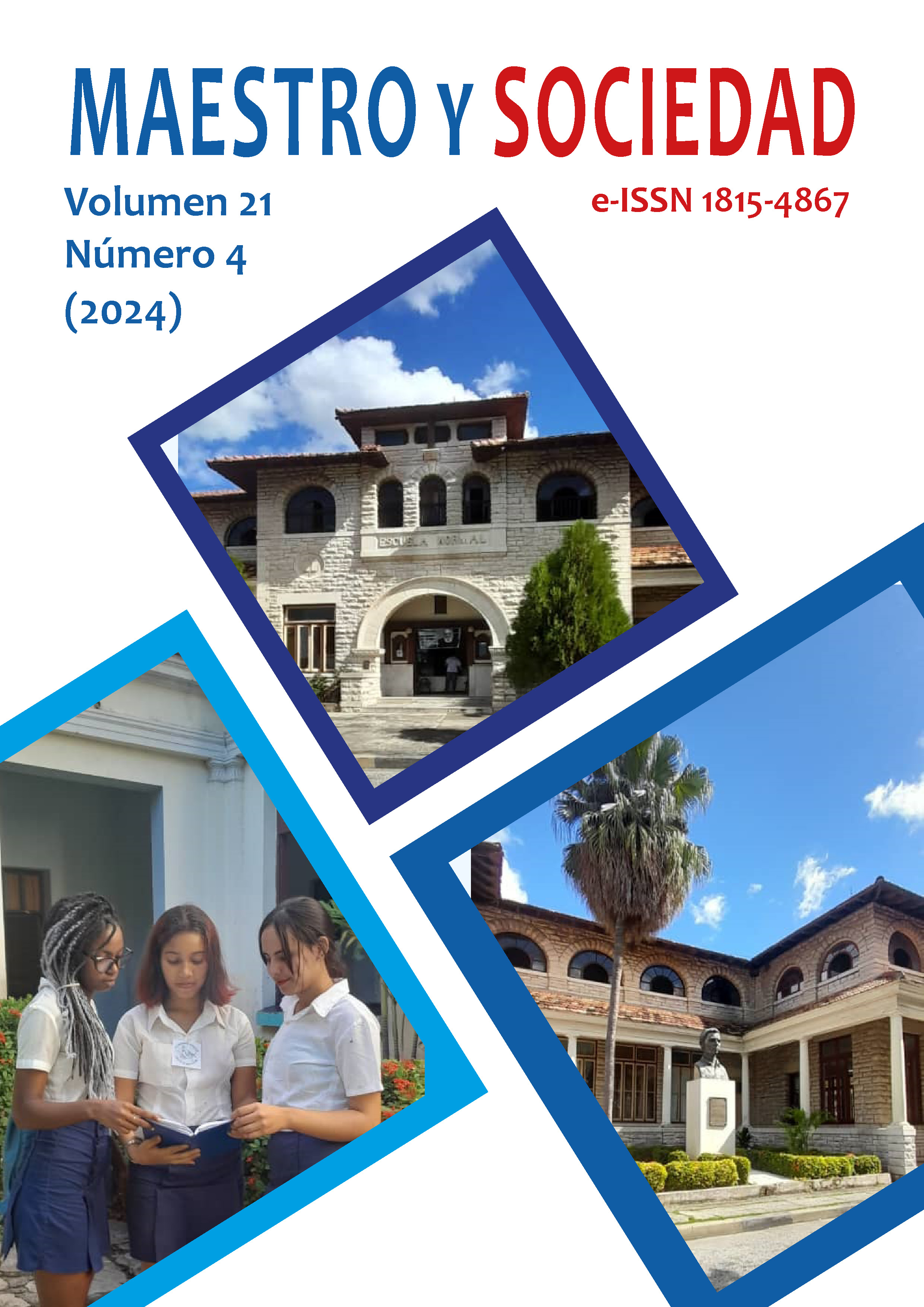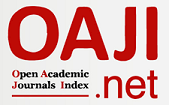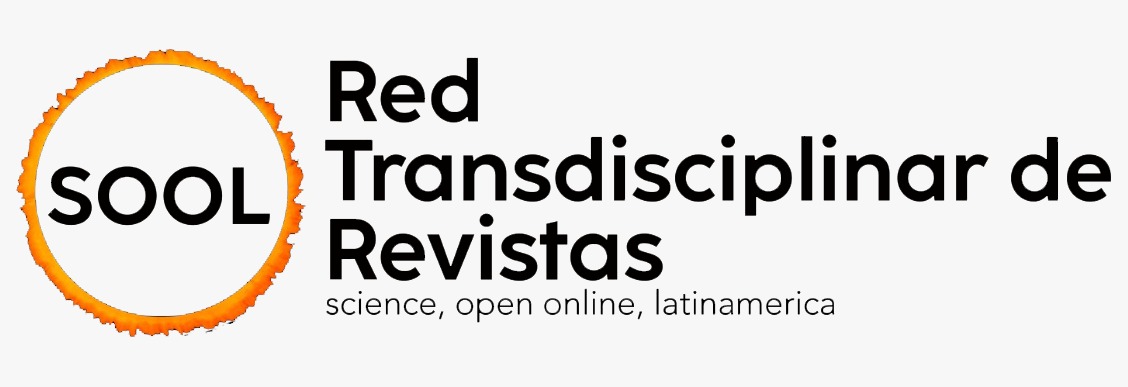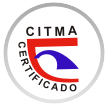Analysis of Value Added Tax: Ecuador and Chile (2000-2023)
Keywords:
VAT, collection, structure, reforms, analysisAbstract
Introduction: The Value Added Tax (VAT) has a significant importance in the tax collection of Latin American countries. In the case of Ecuador and Chile, this tax occupies the largest share in fiscal revenues, unlike other taxes. In this context, this research analyzes the structure and application of VAT in the tax regimes of both countries, in the period 2000-2022, in order to identify best practices that promote efficient and equitable collection. Materials and methods: The methodology of the study is characterized by using a qualitative approach in terms of documentary research, deductive and explanatory analysis of both the structure and the tax reforms; as well as a quantitative approach for descriptive statistical analysis, using the time trend method, on the amounts of VAT collection. The existence of a specific, clear and correctly structured legal framework is confirmed, the result of a series of reforms aimed at increasing the amounts collected, addressing social emergencies, and strengthening the administrative efficiency of VAT in both countries. Results: The resulting analysis reveals the importance of implementing measures that turn VAT into a progressive tax, overcoming its regressive nature. Therefore, it is crucial to strengthen the incentives and exemptions of this tax for vulnerable sectors of society and those considered strategic for economic and social development. Discussion: In the case of Chile, Guerrero et al. (2024) agree with this result, noting that, despite the multiple efforts to obtain higher levels of collection, the total amounts are insufficient to meet social demands. On the other hand, Andrade et al. (2024) points out that, in Ecuador, the collection obtained from the VAT tax represents an essential mechanism for the State, due to its important participation in global collection, which allows them to meet social demands of a permanent nature. However, according to the analysis by Chávez et al. (2020), the collection of this tax is affected by avoidance and evasion factors, thus increasing the fiscal gap. Conclusions: In terms of collection, there is indeed an increase in tax revenues from VAT, however, this does not guarantee an improvement in fiscal equity or in the economic well-being of the population. Therefore, it is crucial that new research be carried out to delve deeper into the results of this analysis, especially with regard to its relationship with social factors. The study reveals important information for policy makers, academics and other actors interested in understanding the dynamics of VAT in Chile and Ecuador. These results can serve as a comparative reference for other countries in the region.
References
Andrade, J., Guerrero, V., Pizarro, V. y Ibarra, O. (2024). Tributos por importación y su incidencia en la recaudación tributaria del Ecuador. 593 Digital Publisher CEIT, 9(2), 744-754, https://doi.org/10.33386/593dp.2024.2.2274
Atria, J. (2022). La sociología económica y fiscal de los impuestos: perspectivas y hallazgos para Chile. Estudios Públicos, 165(1), 7-38. https://doi.org/10.38178/07183089/0003210505
Atria, J. (2023). No Taxation without Efficiency? Elite Perceptions of Redistribution and Progressivity in Chile. Journal of Latin American Studies, 55 (1), 103-128https://doi.org/10.1017/S0022216X22000700
Benzarti, Y., Carloni, D., Harju, J. & Kosonen, T. (2020). What Goes Up May Not Come Down: Asymmetric Incidence of Value-Added Taxes. Journal of Political Economy, 128(12), 4438 – 4474. https://doi.org/10.1086/710558
Biehl, A., Labarca, J. & Vela, J. (2019). Taxes without Taxpayers: The Invisibility of Taxes in Chile. Revista Mexicana de Ciencias Políticas y Sociales, 64(236), 49-82. https://doi.org/10.22201/fcpys.2448492xe.2019.236.62883
Cacay, J., Ramírez, G. y Campuzano, J. (2021). Efecto del Crecimiento Económico y la Presión Fiscal sobre el Impuesto al Valor Agregado. Revista San Gregorio, 1(47), 111-125. https://doi.org/10.36097/rsan.v1i47.1750
Cabrera, F. (2022). Reformas tributarias, crecimiento y productividad: Elementos para el análisis de las modificaciones tributarias 2014, 2018 y el proyecto de ley 2022. Biblioteca del Congreso Nacional de Chile. https://www.bcn.cl/asesoriasparlamentarias/detalle_documento.html?id=80858
Cadena, M., Martínez, A. y Sanjuan, D. (2020) El Impuesto al Valor Agregado: propuesta de una nueva reforma. Revista Gestión y Desarrollo Libre, 5(10), 209-237. https://doi.org/10.18041/2539-3669/gestionlibre.10.2020.8103
Calle, R., Malla, F., Lalangui, M. y Guamán, F. (2017). El Impuesto Al Valor Agregado IVA en Ecuador y su incidencia en las recaudaciones tributarias. Sur Academia: Revista Académica-Investigativa de la Facultad Jurídica, Social y Administrativa, 4(7), 87-94. https://revistas.unl.edu.ec/index.php/suracademia/article/view/482
Cavallo, E. y Powel, A. (2021). Oportunidades para un mayor crecimiento sostenible tras la pandemia. Banco Interamericano de Desarrollo. http://dx.doi.org/10.18235/0003107
Centeno, P., Moreno, R., Tapia, M. y Urquizo, G. (2022). El Impuesto al Valor Agregado (IVA) en Ecuador y sus cambios. Revista Dilemas Contemporáneos: Educación, Política y Valores, (42). https://doi.org/10.46377/dilemas.v10i18.3414
Chávez, G., Chávez, R., y Betancourt, V. (2020). Análisis de la contribución del IVA, Renta, RISE e ICE en la Zona 7 del Ecuador periodo 2013-2017. Universidad y Sociedad, 12(2), 330-335. https://rus.ucf.edu.cu/index.php/rus/article/view/1524
Comisión Económica para América Latina y el Caribe. (2018). Panorama Fiscal de América Latina y el Caribe, 2018: Los desafíos de las políticas públicas en el marco de la Agenda 2030. https://hdl.handle.net/11362/43405
Comisión Económica para América Latina y el Caribe. (2023). Panorama Fiscal de América Latina y el Caribe: Política fiscal para el crecimiento, la redistribución y la transformación productiva. https://hdl.handle.net/11362/48899
Constitución de la República de Ecuador [Const]. Art. 300. 20 de octubre del 2008.
Constitución Política de la República de Chile [Const]. Art. 19. 17 de septiembre del 2005.
De Mooij, R. y Swistak, A. (2022). El impuesto al valor agregado continúa su expansión. Finanzas y desarrollo: publicación trimestral del Fondo Monetario Internacional y del Banco Mundial, 59(1), 52-53. https://dialnet.unirioja.es/servlet/articulo?codigo=9302789
Dimri, T., Ahmad, S. & Sharif, M. (2020). Time series analysis of climate variables using seasonal ARIMA approach. Journal of Earth System Science, 129(149), 1-16. https://doi.org/10.1007/s12040-020-01408-x
Figueroa, J., Cisternas, C. y Cofré, E. (2020). Análisis de las medidas tomadas a favor de la disminución de la evasión tributaria en chile para el período 2014 – 2017. Revista de Investigación Aplicada en Ciencias Empresariales, 73-92. https://revistaestudiostributarios.uchile.cl/index.php/RET/article/view/58283
García, M. (2020). Serie Informe Económico: Impuestos en Chile. Libertad y Desarrollo, (282), 1-33. https://lyd.org/category/estudios/estudios-lyd/serie-informe-economico/page/3/
García, M. (2021). Serie Informe Económico: Regresividad del IVA en Chile. Libertad y Desarrollo, (294), 1-48. https://lyd.org/category/estudios/estudios-lyd/serie-informe-economico/page/2/
García, N. y Zambrano, E. (2024). Análisis comparativo de la recaudación del Impuesto al Valor Agregado sobre los servicios digitales en Ecuador y Chile, año 2021. Revista ECA Sinergia, 15(1), 21-41. https://doi.org/10.33936/ecasinergia.v15i1.6134
Gómez, J. y Morán, D. (2020). Estrategias para abordar la evasión tributaria en América Latina y el Caribe Avances en su medición y panorama de las medidas recientes para reducir su magnitud. Comisión Económica para América Latina y el Caribe (CEPAL). https://hdl.handle.net/11362/46301
Gonzales, D. y Zambrano, R. (2021). Impuesto al Valor Agregado: su aplicación en América. Centro Interamericano de Administraciones Tributarias. https://www.ciat.org/ciatblog-impuesto-al-valor-agregado-su-aplicacion-en-america/
Granda, D., Abambari, M. y Delgado, R. (2019). La devolución del IVA a los adultos mayores de Machala y su impacto en la economía ecuatoriana: período 2014 – 2016. Revista Publicando, 6 (20), 34-46. https://revistapublicando.org/revista/index.php/crv/article/view/2013
Guerrero, R., Atria, J., Jorratt, M. y Ramírez, I. (2024). Análisis del sistema tributario chileno. Programa de las Naciones Unidas para el Desarrollo. https://www.undp.org/es/latin-america/publicaciones/analisis-del-sistema-tributario-chileno
Hernández, L. y Redobran, S. (2022). Impuestos y tecnología: una respuesta a la regresividad del IVA. Estudios Públicos. 165, 39-75. https://doi.org/10.38178/07183089/1232210128.
Hernández, R. y Mendoza, C. (2018). Metodología de la investigación: las rutas cuantitativa, cualitativa y mixta. McGraw Hill Education. https://books.google.es/books?id=5A2QDwAAQBAJ&printsec=frontcover&hl=es#v=onepage&q&f=false
Hidalgo, J. (2023). Impuestos en el Ecuador: sistema tributario y opciones para elevar los ingresos permanentes del fisco. Programa de las Naciones Unidas para el Desarrollo. https://www.undp.org/es/latin-america/publicaciones/impuestos-en-el-ecuador-sistema-tributario-y-opciones-para-elevar-los-ingresos-permanentes-del-fisco
Jenkins, G., Hesami, S., Alshamleh, O., Yarigina, A. & Pessino, C. (2023). A Cost-Benefit Analysis Methodology for Administrative Prefilling of ValueAdded Tax Returns: An Application for Chile. Inter-American Development Bank. http://dx.doi.org/10.18235/0005068
Mangas, M. (2019). Justicia Tributaria en América Latina en Tiempos de Retroceso. Fineduca, 9(25), 1-20. http://dx.doi.org/10.22491//fineduca-2236-5907-v9-96351
Mejía, O., García, E., y Padilla M. (2020). La evasión tributaria en América Latina. Polo del Conocimiento, 5(3), 939-949. https://doi.org/10.23857/pc.v5i3.1522
Mejía, O., Pino, R., y Parrales, C. (2019). Políticas tributarias y la evasión fiscal en la República del Ecuador. Aproximación a un modelo teórico. Revista Venezolana de Gerencia, 24(88), 1146-1160. https://www.redalyc.org/articulo.oa?id=29062051010
Moran y Coello. (2023). Análisis del impacto tributario y su incidencia en el IVA en la ciudad de Guayaquil 2019 – 2020. Polo del Conocimiento, 8(6), 46-62. https://doi.org/10.23857/pc.v8i6.5640
Ortega, G. (2017). Cómo se genera una investigación científica que luego sea motivo de publicación. Journal of the Selva Andina Research Society, 8(2), 155-156. http://www.scielo.org.bo/scielo.php?script=sci_arttext&pid=S2072-92942017000200008&lng=es&tlng=es.
Ossadón, F. (2020). Digitalización de las obligaciones tributarias en Chile. Revista de Estudios Tributarios, 1(23), 153–199. https://revistaestudiostributarios.uchile.cl/index.php/RET/article/view/58283
Parra, D., Cerezo, B., y Morales, J. (2022). Impacto de la variación tarifaria del Impuesto al Valor Agregado sobre el gasto en Ecuador. Ciencias Sociales y Económicas, 6(1), 44–54. https://doi.org/10.18779/csye.v6i1.552
Ramírez, J. y Carrillo, P. (2020). Indicator of the efficiency of value added tax and income tax collection in Ecuador. CEPAL Review, (131), 70-86. https://hdl.handle.net/11362/46588
Thomas, A. (2022). Reassessing the regressivity of the VAT. Fiscal Studies, 43(1), 23-38 https://doi.org/10.1111/1475-5890.12290
Tumbaco, S. y Quiñónez, M. (2023). Impacto de la devolución del impuesto al valor agregado en los adultos mayores. Pentaciencias, 6(1), 1–10. https://doi.org/10.59169/pentaciencias.v6i1.944
Vera, L. y Mendoza, M. (2024). Devolución del IVA y su incidencia en la calidad de vida de los adultos mayores. Ciencia y Desarrollo. Ciencia y Desarrollo, 27(1), 293-303. http://dx.doi.org/10.21503/cyd.v27i1.2568
Villanueva, W. (2021). Conceptos fundamentales del impuesto general a las ventas. Revista Derecho y Sociedad, (56), 1 – 21. https://doi.org/10.18800/dys.202101.006
Published
How to Cite
Issue
Section
License
Copyright (c) 2024 Digna María Basurto Intriago, Verónica Isabel Muñoz Anchundia, Mario Marlon Zambrano Segovia, Oswaldo Vinicio Loor Pinargote, Karen Vanessa Párraga Montesdeoca

This work is licensed under a Creative Commons Attribution-NonCommercial-NoDerivatives 4.0 International License.
This journal provides immediate open access to its content, based on the principle that offering the public free access to research helps a greater global exchange of knowledge. Each author is responsible for the content of each of their articles.



























 Universidad de Oriente
Universidad de Oriente 